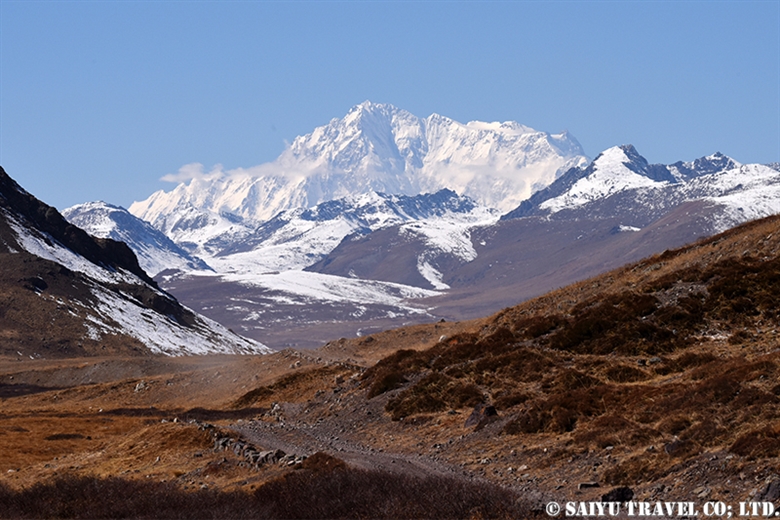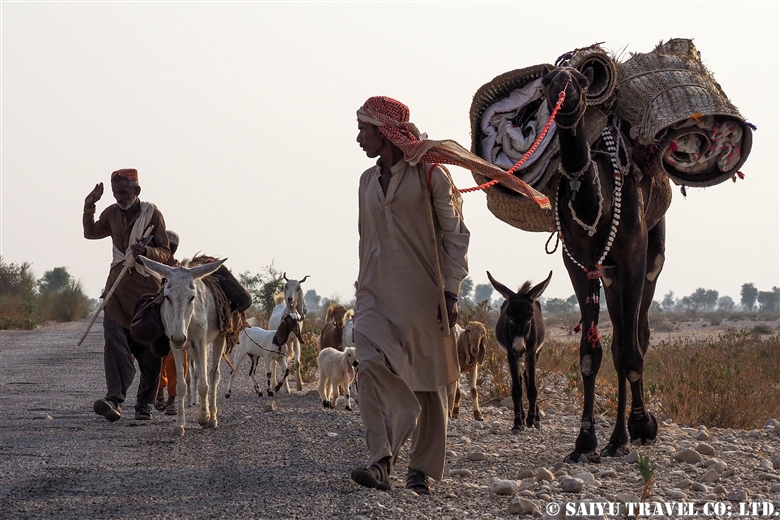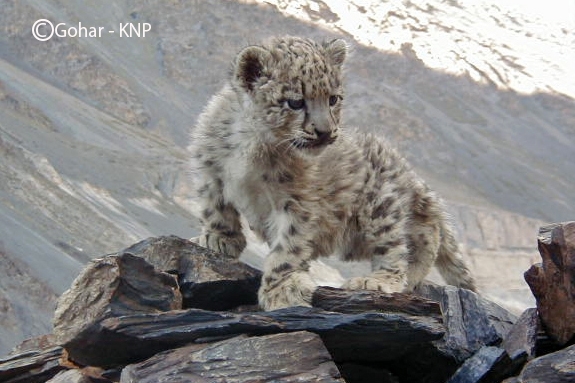
A Himalayan Brown Bear which makes the glorious Deosai plateau a well-known and famous place to traverse and explore for wildlife lovers around the world. In fact, the name itself literally translates to, “The land of the Giants”.
The Himalayan Brown Bear is a subspecies of the brown bear that lives in and around the magnificent Himalayas.
Originally, it inhabited widely in Nepal, Tibet, North India, and North Pakistan. However, due to trophy hunting and specifically for the purposes of fur and medicine, it lost its habitat and the population decreased drastically.
It is said that Himalayan brown bear in Bhutan has already been extinct. Moreover. Only a few hundreds population in Northern India and Northern Pakistan remain in the world.
In October, I went to Deosai Plateau for the observation of Himalayan Brown Bear with Deosai National Park staff. During my visit, a staff member explained to me that the bear may come closer to the roadside, as there are comparatively fewer cars and people during this season.
But still it was far and I had to walk quite a distance to approach the bear….

The sun has fallen.
No doubt, it was difficult to walk quickly, considering the fact that we were over 4,000 meters above sea level.
Finally, I came to the perfect distance where I could photograph the gigantic Himalayan Brown Bear.

View of a Himalayan Brown Bear from the backside!
According to the staff of the national park, he was a young male, and he was seamlessly fat enough before the hibernation period.
Himalayan Brown Bears go into hibernation between November and December.
Photo & Text : Mariko SAWADA
Observation : Oct 2015, Deosai National Park, Gilgit-Baltistan
Tag : Brown Bear pf Pakistan , Deosai National Park , Deosai Plateau , Saiyu Travel Pakistan , Himalayan Brown Bear , Pakistan Travel company , Pakistan Blog , Pakistan tour operator , Travel Pakistan Blog , Pakistan Photography Tour , Traveling Pakistan Blog , Wildlife of Pakistan , Indus Caravan , Bara Pani

































































